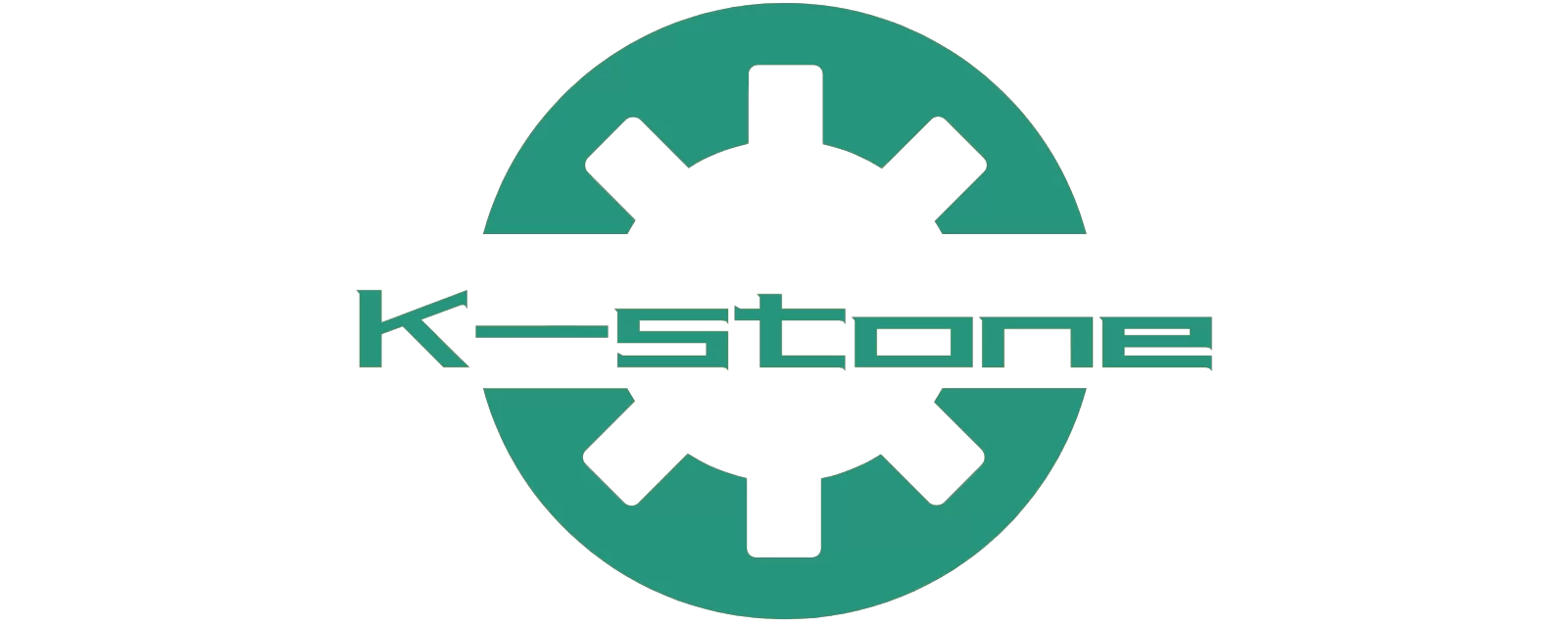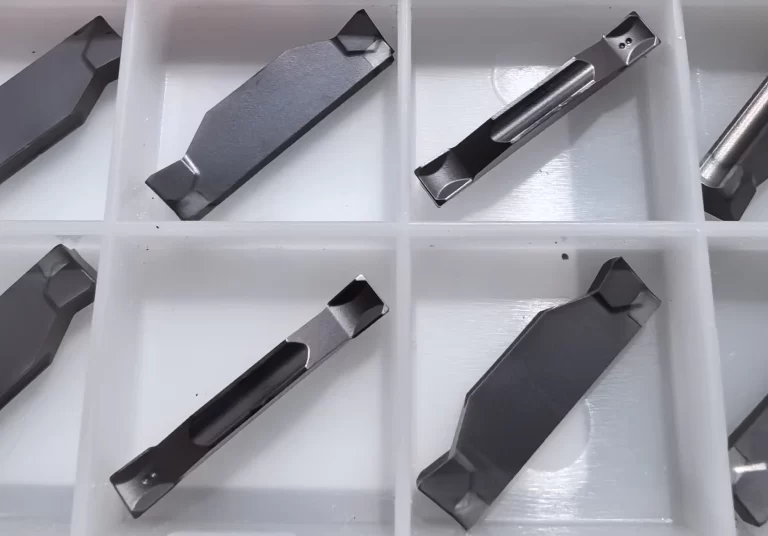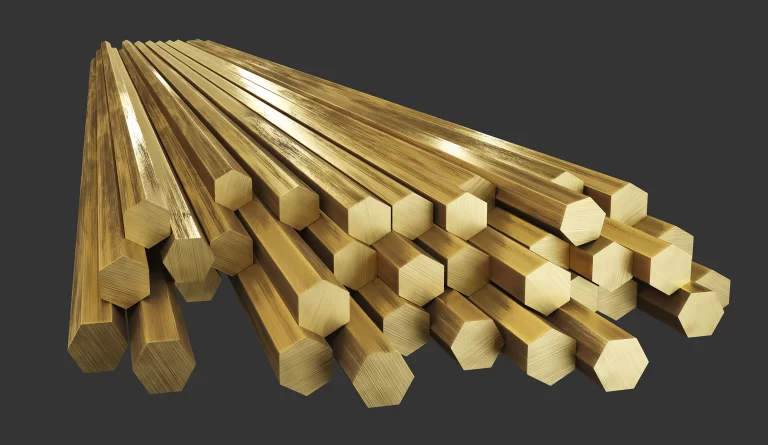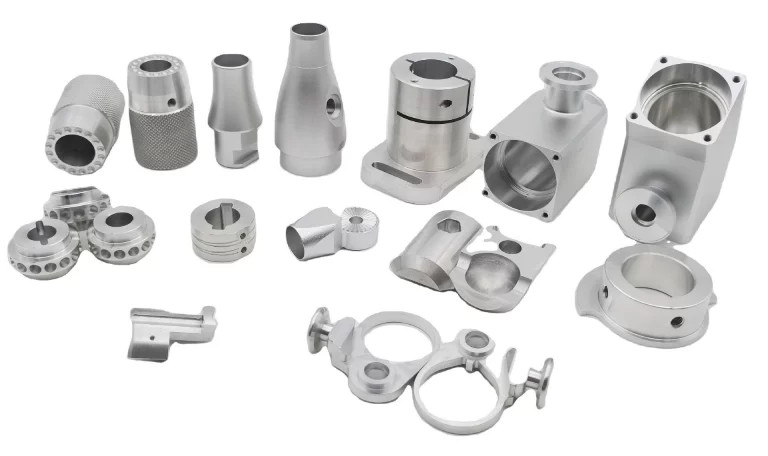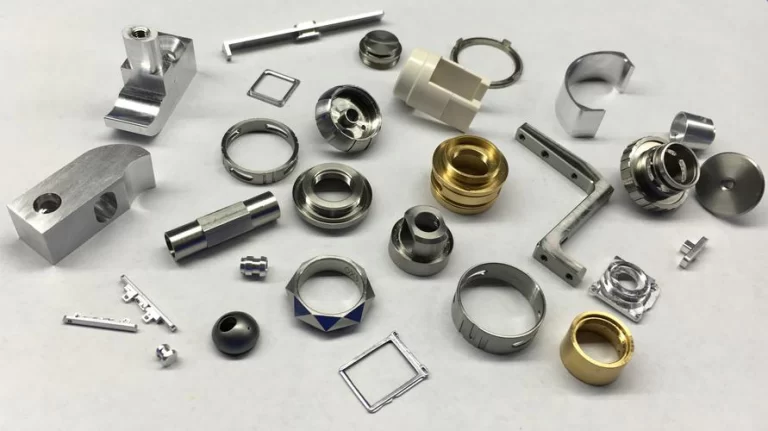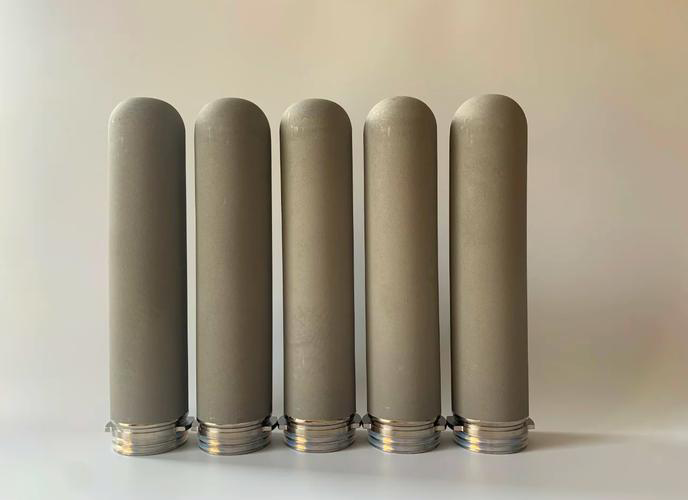In today’s fast-paced manufacturing landscape, where precision and efficiency are non-negotiable, CNC machined parts have emerged as a transformative solution. But what makes these components so essential, and how do they drive excellence across industries? This article will delve into the world of CNC machined parts, exploring their production processes, advantages, applications and future potential. Ultimately revealing the reasons why CNC machined parts are the cornerstone of modern manufacturing.
What Are CNC Machined Parts?
They are components that are machined through computer numerical control technology. In this process, computer software directs the movement of the machine tool to machine the raw material with ultra-high precision. Unlike traditional manual methods, CNC machining automates operations such as cutting, drilling, milling, and turning, ensuring precision and consistency.
- The CNC Process: The digital design is set as a starting point and converted into CNC machine instructions. These instructions are then executed by tools such as a milling machine, lathe or router to produce the desired part.
- Materials Used: Processing is available in a wide range of materials depending on the requirements of the application. These include metals (e.g., aluminum, steel, titanium), plastics (e.g., ABS, nylon) and composites.
- Types of Machines: Common CNC machines include milling machines for multi-dimensional cutting, lathes for cylindrical parts, and routers for softer materials.
This technology’s ability to produce intricate designs with tight tolerances makes CNC machined parts indispensable in industries demanding high-quality outputs.
CNC Machining Parts
Advantages
The popularity of CNC machined parts stems from their numerous benefits, which set them apart from other manufacturing methods:
- Unmatched Precision: Tolerances on CNC machine tools are accurate to ±0.001 inches, ensuring that every part meets precise specifications. This is critical for applications such as aerospace or medical devices.
- Complex Geometries: The ability to produce intricate shapes and detailed designs allows manufacturers to create custom or specialized components that manual machining cannot replicate.
- Consistency: Once programmed, CNC machines deliver identical parts across large production runs, eliminating variations caused by human error.
- Efficiency: Automation speeds up production and reduces labor costs. As a result, continuous operations are possible and lead times for prototypes and bulk orders become shorter.
- Cost-Effectiveness: CNC machining minimizes material waste and allows for quick design adjustments. Therefore CNC machining is economical for both small and large production runs.
These advantages make CNC machined parts a go-to choice for manufacturers prioritizing quality and efficiency.
Applications
CNC machined parts play a critical role across a wide range of industries, showcasing their versatility and reliability:
- Automotive: From engine blocks and transmission components to custom fittings, CNC machined parts ensure durability and performance in vehicles.
- Aerospace: Aircraft parts like turbine blades, structural supports, and landing gear components rely on the precision of CNC machining to meet rigorous safety standards.
- Medical: CNC machined parts for use in surgical tools, implants and diagnostic equipment where biocompatibility and accuracy are critical.
- Electronics: Housings, connectors, and heat sinks benefit from the precise dimensions and finishes that CNC machining provides.
- Beyond the Basics: Industries like defense, energy, and consumer goods also utilize CNC machined parts for everything from weapon systems to renewable energy equipment.
These examples highlight how CNC machined parts support innovation and reliability in diverse sectors.
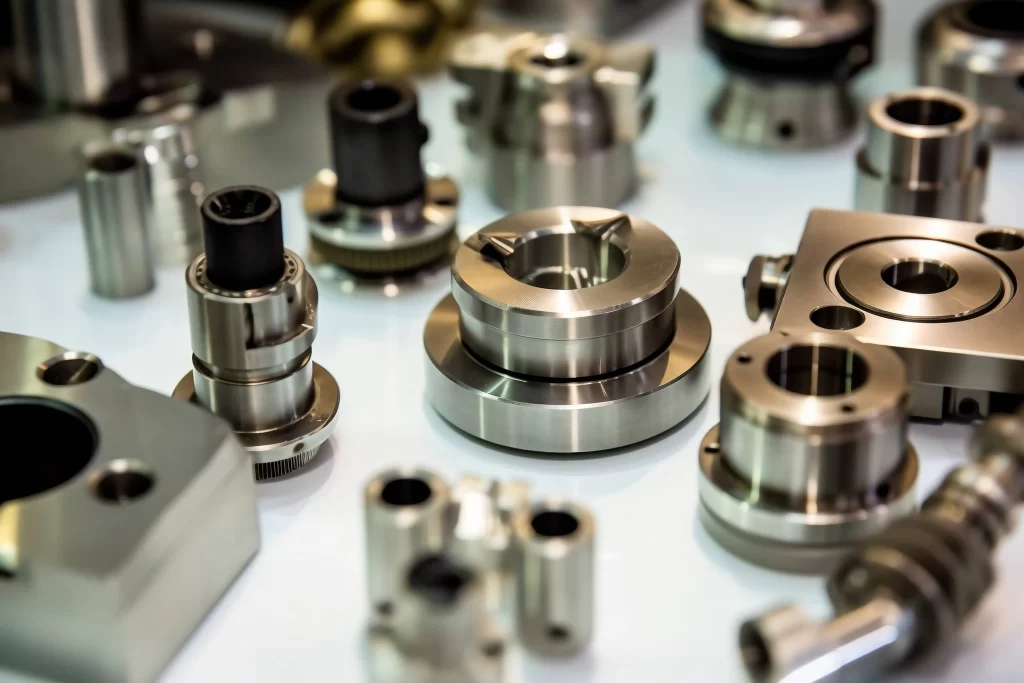
The Future of CNC Machined Parts
The evolution of CNC machining promises to further elevate the significance of CNC machined parts:
- Multi-Axis Technology: The use of 5-axis and multi-axis machines allows more complex parts to be produced in a single clamping. This improves efficiency and accuracy.
- Automation: Integrating robotics with CNC systems streamlines material handling and increases production capacity, reducing human involvement.
- Software Innovations: Advances in CAD/CAM software simplify programming and simulation, optimizing workflows and minimizing errors.
- Sustainability: New techniques aim to reduce energy use and material waste, aligning CNC machining with eco-conscious manufacturing trends.
As these advancements unfold, CNC machined parts will continue to shape the future of production with even greater capabilities.
As we’ve seen, CNC machined parts are more than just manufactured goods. They are the backbone of precision, efficiency and innovation in modern manufacturing. From their ability to deliver high-tolerance, intricate designs to their wide-ranging applications in industries such as automotive, aerospace and medical, these parts meet the demands of today’s manufacturing challenges. Looking ahead, advances in technology will ensure that it continues to be at the forefront of manufacturing excellence. Combining precision with unlimited potential to drive manufacturing excellence.
